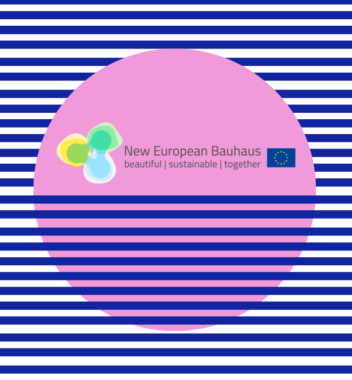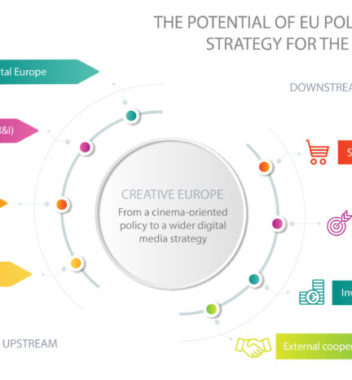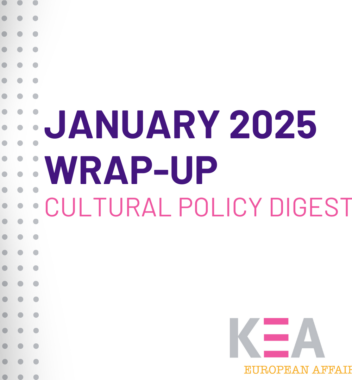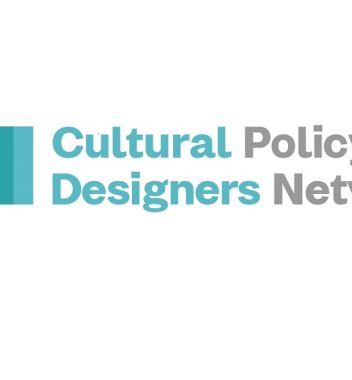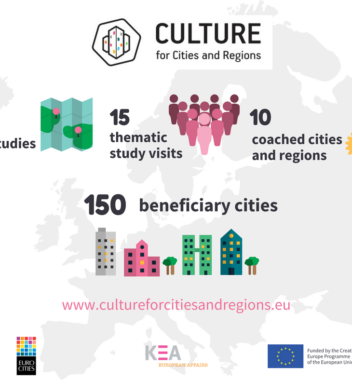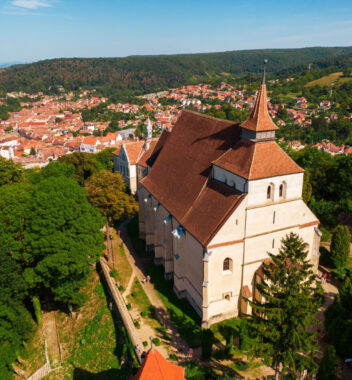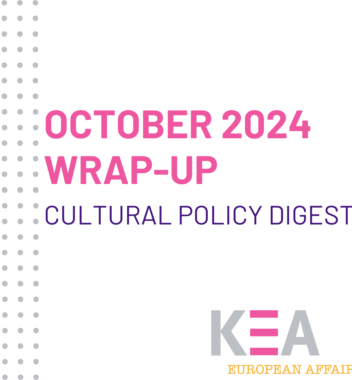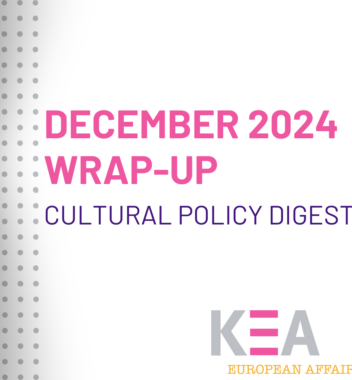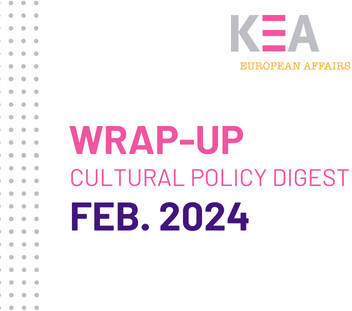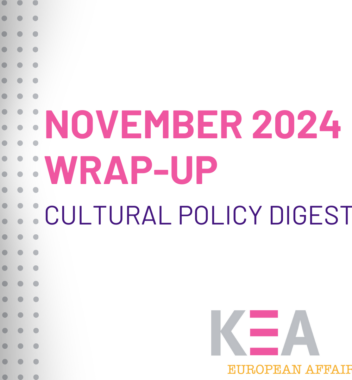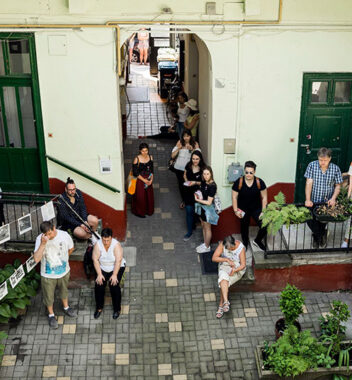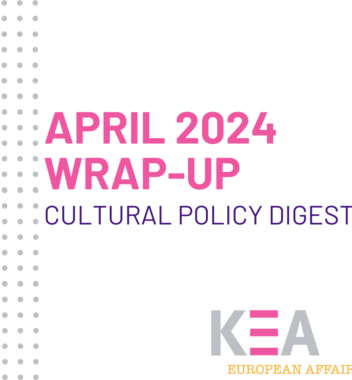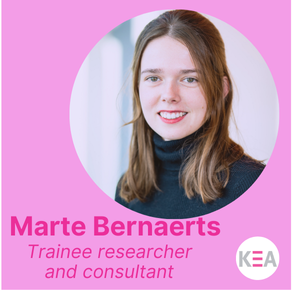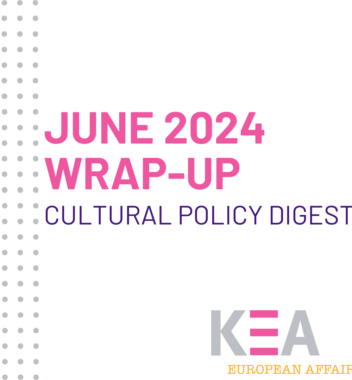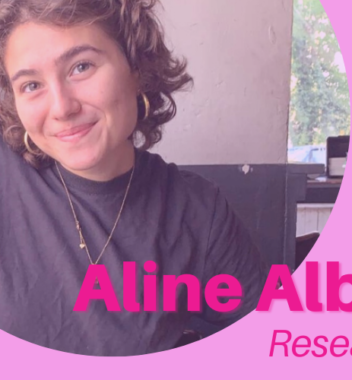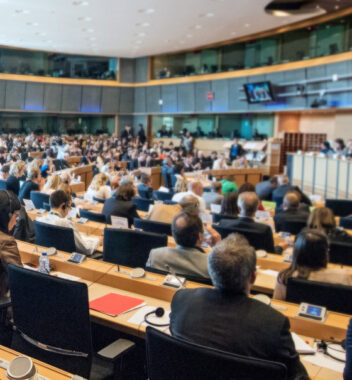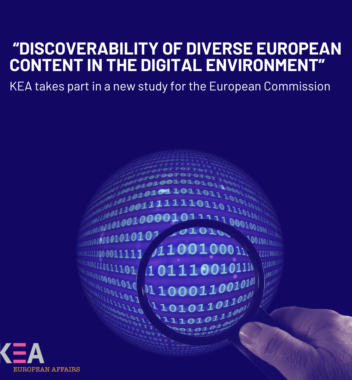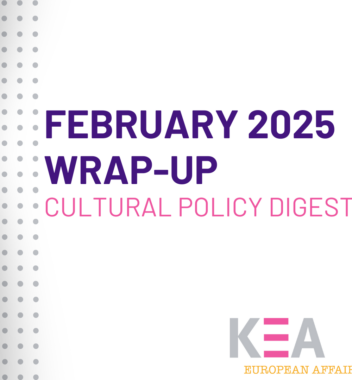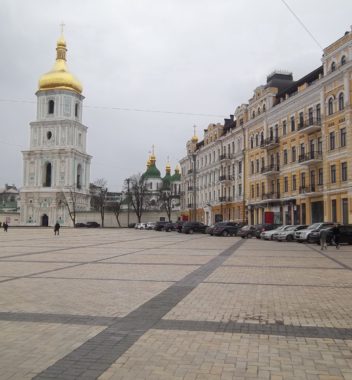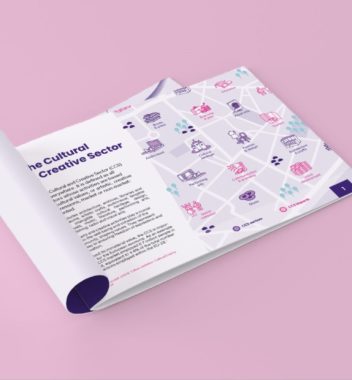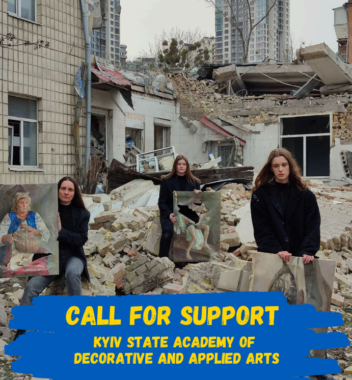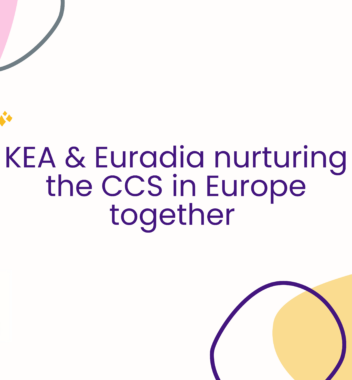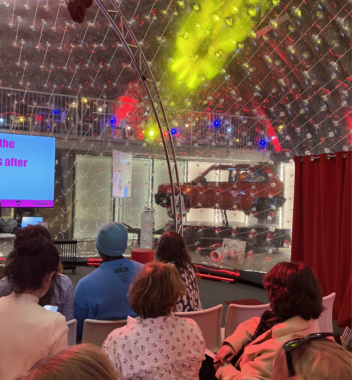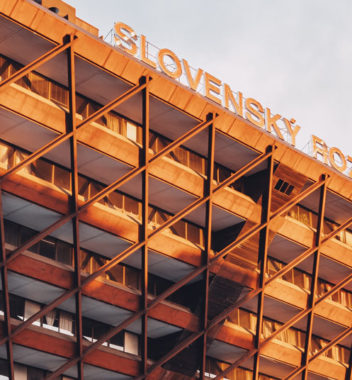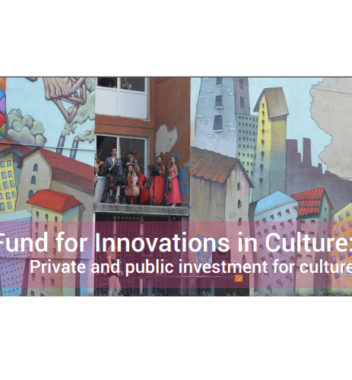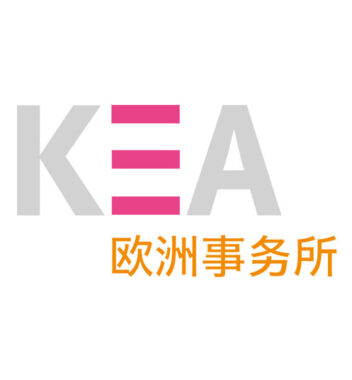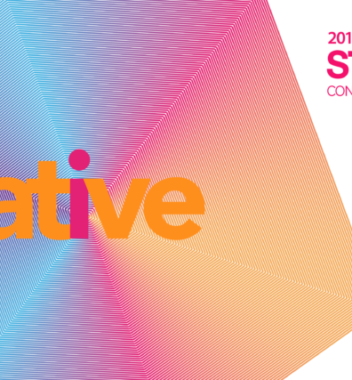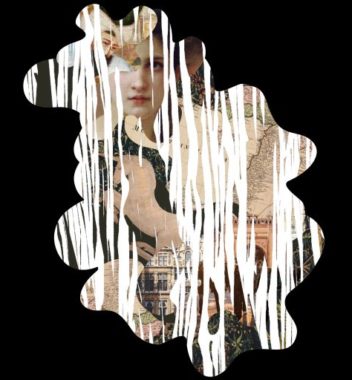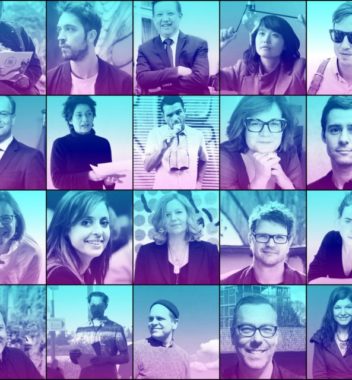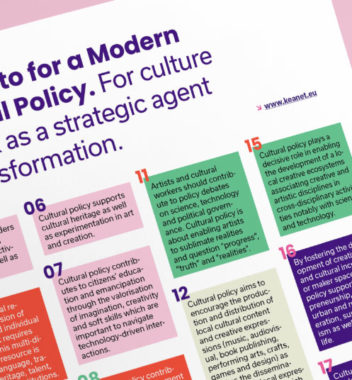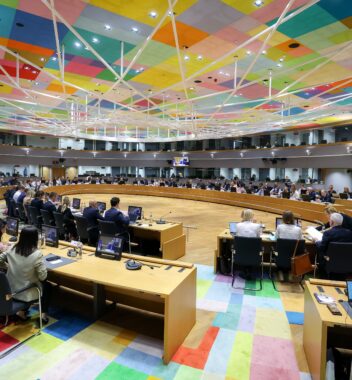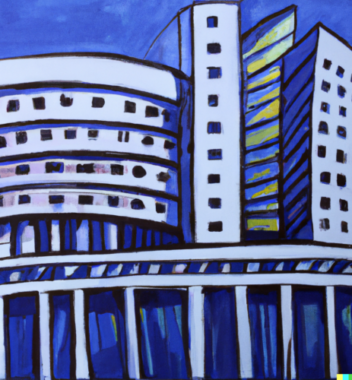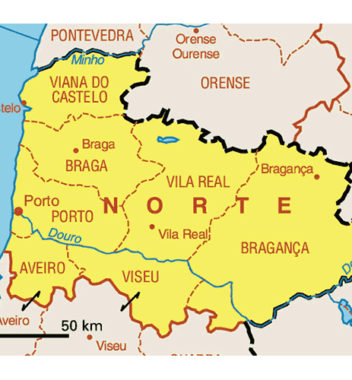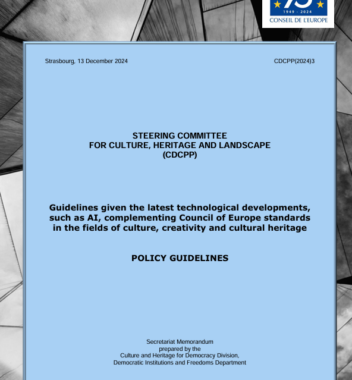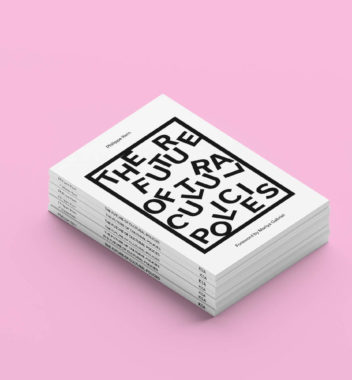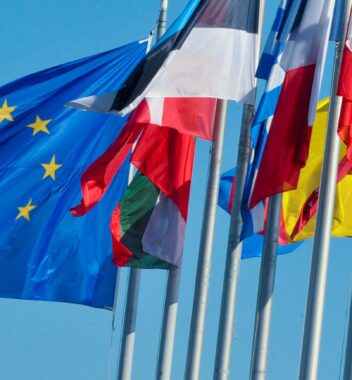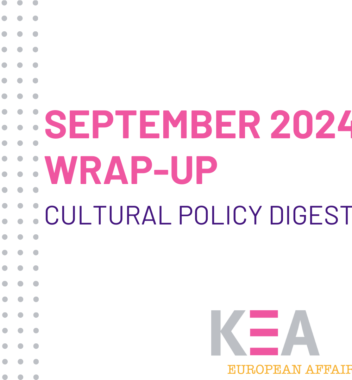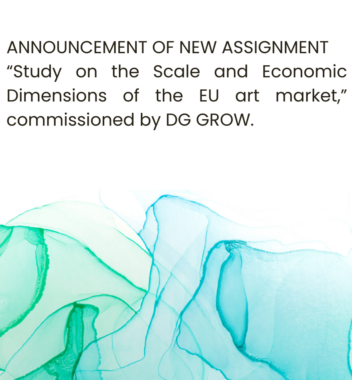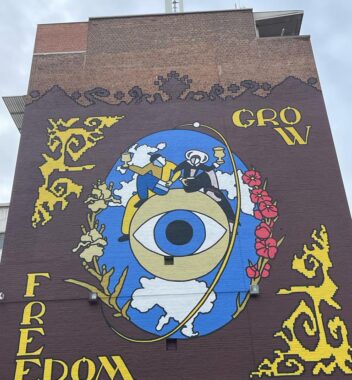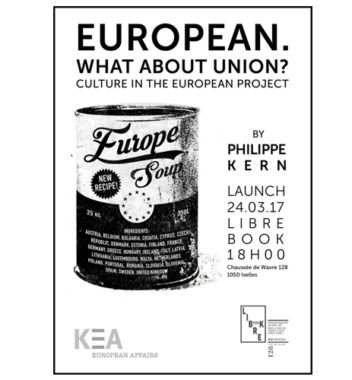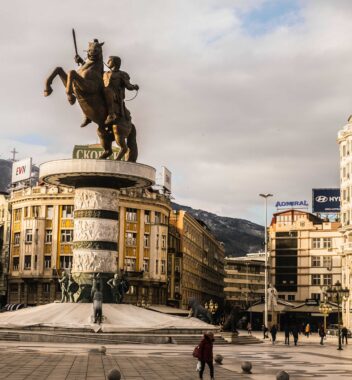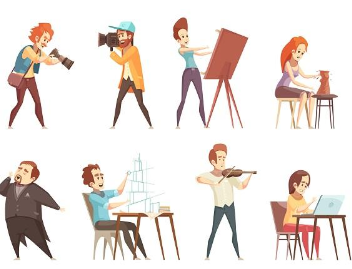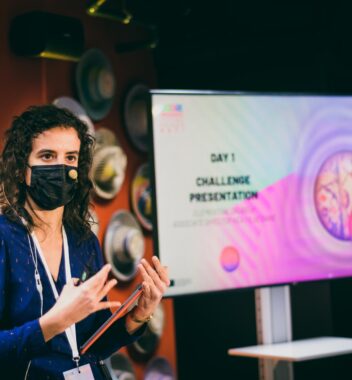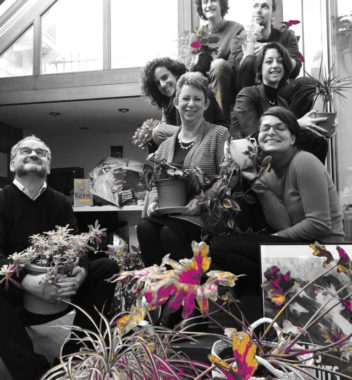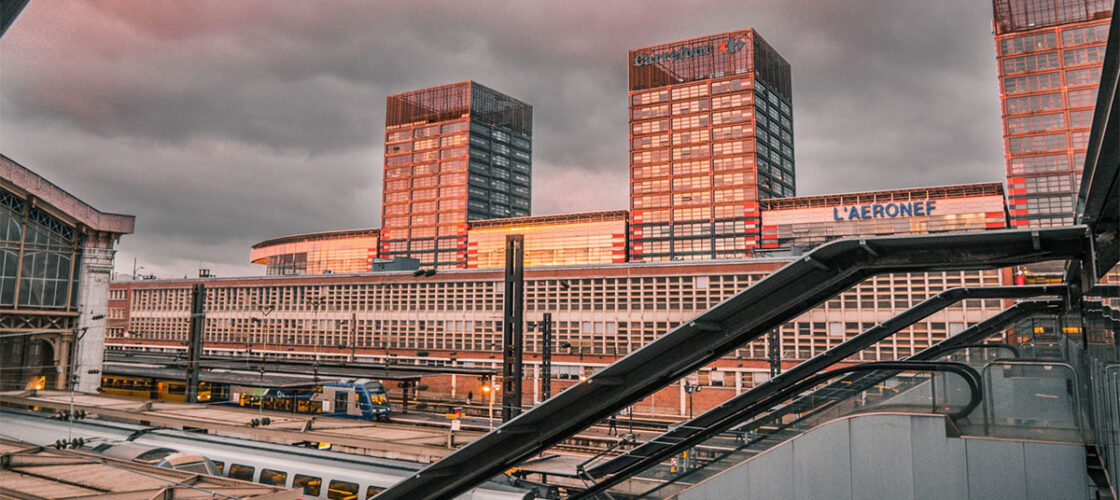
KEA was selected by the economic department of Lille Métropole to devise a strategy for culture and creative industries (CCIs) in Lille Métropole. Lille Métropole is the fourth metropolitan area in France and represents the second most important employment area for CCIs in France (excluding the Ile-de-France region) with more than 2100 companies and 22.000 jobs.
The services provided included:
- Mapping of CCIs, assessing their strengths and weaknesses
- Analysing the policy for CCIs and support measures in the metropolis, and identifying local challenges
- Performing an international benchmark on inter-clustering and cross-sectorial practices
- Developing a strategy and an action plan to position Lille Métropole in the new economy
Like many other European cities, Lille Métropole is confronted with numerous challenges including deindustrialisation, increased level of unemployment, attracting investment and developing economic activities in tune with the new market demands. Since 2004, when Lille became European Capital of Culture, the city has been exemplary in developing its attractiveness through its important cultural investment (the budget for culture of the city of Lille is around €40 million a year). The metropolis has leveraged this cultural investment with the establishment of three ad hoc creative industry clusters fin the fields of fashion (Maisons de Mode), design (Lille Design) and audiovisual (La Plaine Images).
Lille Métropole is exemplary in its ambition to consider CCIs as a cornerstone of its economic development. The metropolis provides ample support to incubation and nurtures creative businesses, giving birth to local successes such as Ankama and more recently 3D Duo (video games), Piks Design or Quentin Carnaille (fashion). Quality universities and specialised schools provide a considerable home-grown talent pool for CCIs, with more than 100.000 students in the metropolitan area.
Its geographic location offers great cross-border opportunities and fast connexions to markets where demand for creative products and services is especially strong (Flanders, South of UK, European capitals such as Paris, London, Brussels or Amsterdam). The metropolis offers a high level of quality of life with an extensive cultural offer, at a more affordable price than these close European capitals.
The metropolis also features an industrial and services economy where key sectors typically provide commercial opportunities for CCIs (ICT, advanced textiles, health and e-commerce). Ambitious district rejuvenation projects across the metropolis – like the Quartier Labo in Tourcoing or the Gare Saint-Sauveur in Lille – also provide opportunities for creative talents to set up their company at a reasonable price.
Capitalising on these local assets through ambitious policies is what made Lille Métropole a leading creative city in Europe.
KEA sets out to connect the dots between the development of CCIs, culture and the broader ecosystem of the metropolis. Our driver was to make the most of the Metropolis’s cultural and creative resources (culture, heritage, CCIs) to stimulate the growth of new economic activities and innovation, to mutualise public efforts and competences, to raise private investment whilst building on the existing, to develop access to new markets and make the most of the metropolis’ strategic location, to use real estate projects to attract creative businesses, to access EU funding and position the metropolis at international level.
We proposed cooperative working methods, open calls, pilot projects and incentives to:
- Promote interdisciplinary activities and innovative approaches, including within the public sector, such as making use of design-thinking for CCIs policy.
- Involve more directly local actors in bottom-up initiatives by supporting projects rather than structures.
- Mutualise services for creative and tech businesses (business accelerators, training, and trade missions, innovation vouchers).
- Leverage alternative sources of investment such as “creative percentages” in real estate investment, flexibility clauses for public structures to develop commercial services, and access European funding.
- Better integrate CCIs as a source of non-technological innovation in overall innovation policies, technology clusters (in health, IT and Textile), as well as in traditional cultural investment which should nourish and stimulate creative endeavours.
- Regularly assess and review public policies to maximise their impact.
These proposals are designed to help Lille retain its considerable talent pool, attract human and financial capital and finetune support measures towards creative companies’ growth and access to new markets. Yet in order to further mature as a Creative City, another objective was to establish an ecosystem adapted to the requirements of the new economy. This new economy has transitioned from manufacturing to a service-led economic tissue (focusing on IT, Health, Textile, Creative and Financial industries). Whilst cutting-edge technologies, connectivity and innovation are at the forefront, emotions, aesthetics and user-friendliness are at the core of industries’ competitiveness.
Cities are best placed to set up ecosystems adapted to the strength of the territory to encourage multidisciplinary experimentations, economic activities with a view to unleash CCIs’ capacity to innovate for themselves and other sectors of the economy (“Creative spillovers”). Private initiatives can be incentivised in that direction, and the multitude of cultural and creative assets that have grown in the metropolis should be closely involved to drive the development of the new economy locally. The administration of the metropolis can set an example and streamline culture and creativity across its other policies (innovation, economic, transport, ecology, etc). Lille Métropole is encouraged to position itself in the new economy by promoting proteiform innovation, merging creativity and technology innovation by making the most of its cultural and creative resources.
These guiding principles were embedded in the objectives outlined below:
| Lines of Action | Objectives |
| LINE 1 –CREATIVE ADMINISTRATION | Introduce innovative working processes in the public administration |
| Make a link between public initiatives and private initiatives | |
| LINE 2 – PRIORITY SUPPORT FOR BUSINESSES AND PROJECTS | Support the growth of creative businesses |
| Promote inter-clustering cross collaboration | |
| Market access and internationalisation | |
| LINE 3 – INTERNATIONALISATION STRATEGY FOR CCIS AND FOR THE ATTRACTIVENESS OF THE TERRITORY | Reinforce the international position of the territory and its companies |
| Attract and retain talents |
Towards la “ville des possibles”
We wished to highlight the opportunity for Lille Métropole to become the new generation of creative cities, a “Métropole des possibles” (metropolis of the possible). La ville des possibles is a city where cross-fertilisation experimentations are encouraged and innovative ideas are valued. It is a city where all forms of creativity and innovation are mobilised to tackle today’s and tomorrow’s challenges. The main features of the “villes des possibles” are:
- Local authorities act as enablers, with creative people within the administration (“Design thinking” in city planning and management to foster innovation, openness to initiatives, etc).
- Support is given to experimentation across disciplines and businesses to end the silo approach and enable cross-fertilisation between artistic, creative, technical and financial competences. It is about inter-clustering creative and technology or health parks to encourage spillovers.
- Entrusting artistic intervention in urban regeneration and planning.
- Mainstreaming culture policy across other policy fields (economy, education, urban planning, and transport).
- Unleashing local initiatives and support polymaths/“linking pins”[1] in their endeavours. “Do not give us money, give us the opportunity to act”, said Nille Juul-Sorensen, head of the Danish Design Council, during an interview. There is a lot that cities can do beyond providing financial support.
EU authorities acknowledge the importance of cities in unleashing the potential of CCIs. “The capacity of the EU to recover from the crisis and meet longer-term challenges rests not only on a strong industrial base but on the creativity and skills of people […]. Cultural and creative industries, which flourish at the local and regional level, are in a strategic position to link creativity and innovation”[2]. EU Funding programmes and policies such as “Creative Europe”, but also for research and innovation (Horizon 2020), competitiveness (COSME) and regional development (URBACT, structural funds, INTERREG) are new opportunities for local authorities to carry out their creative ambitions for economic as well as social gains.
Arthur Le Gall, Valentina Montalto
Sources
[1] Wolfpack (2014) “Plans, probes and pops-up: creative crossovers in Rotterdam”. Report prepared for the city of Rotterdam. http://ci010.nl/
[2] European Commission (2010) Communication on “Regional Policy contributing to smart growth in Europe 2020”. Brussels

